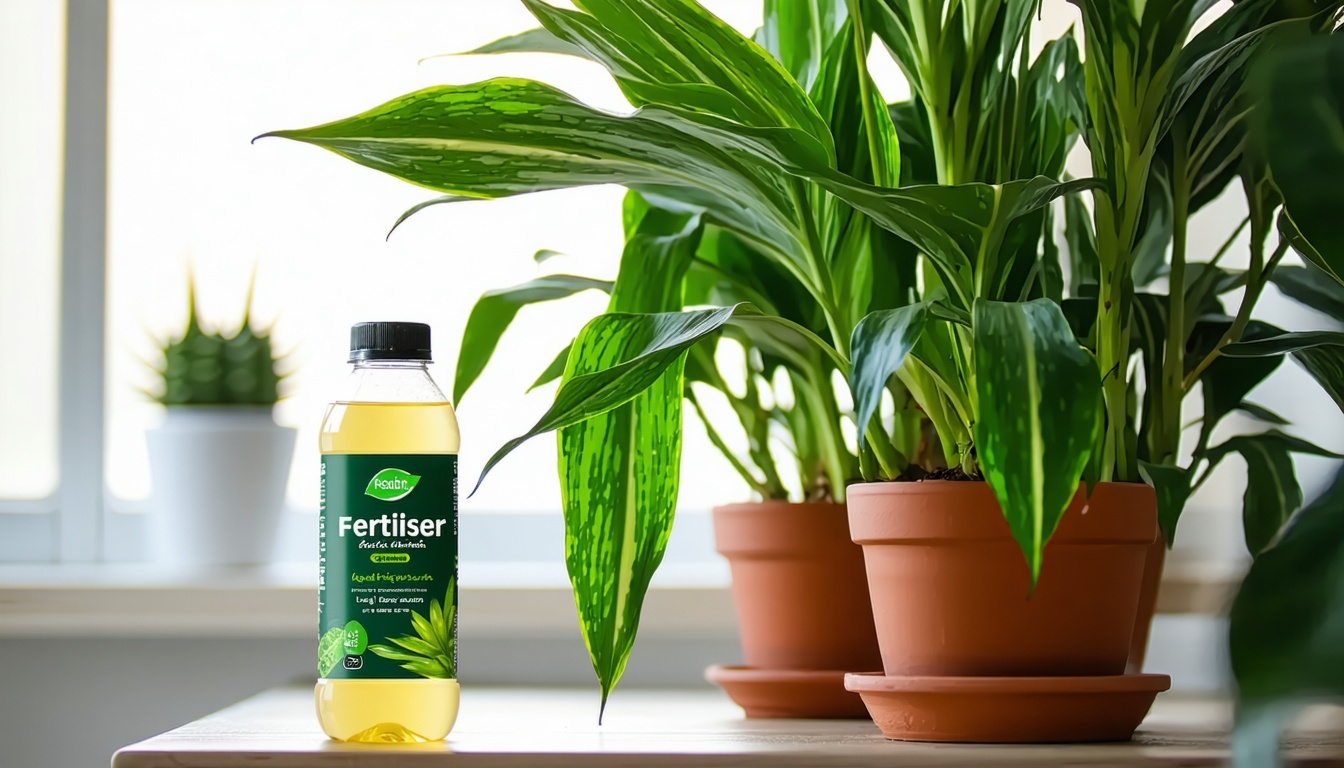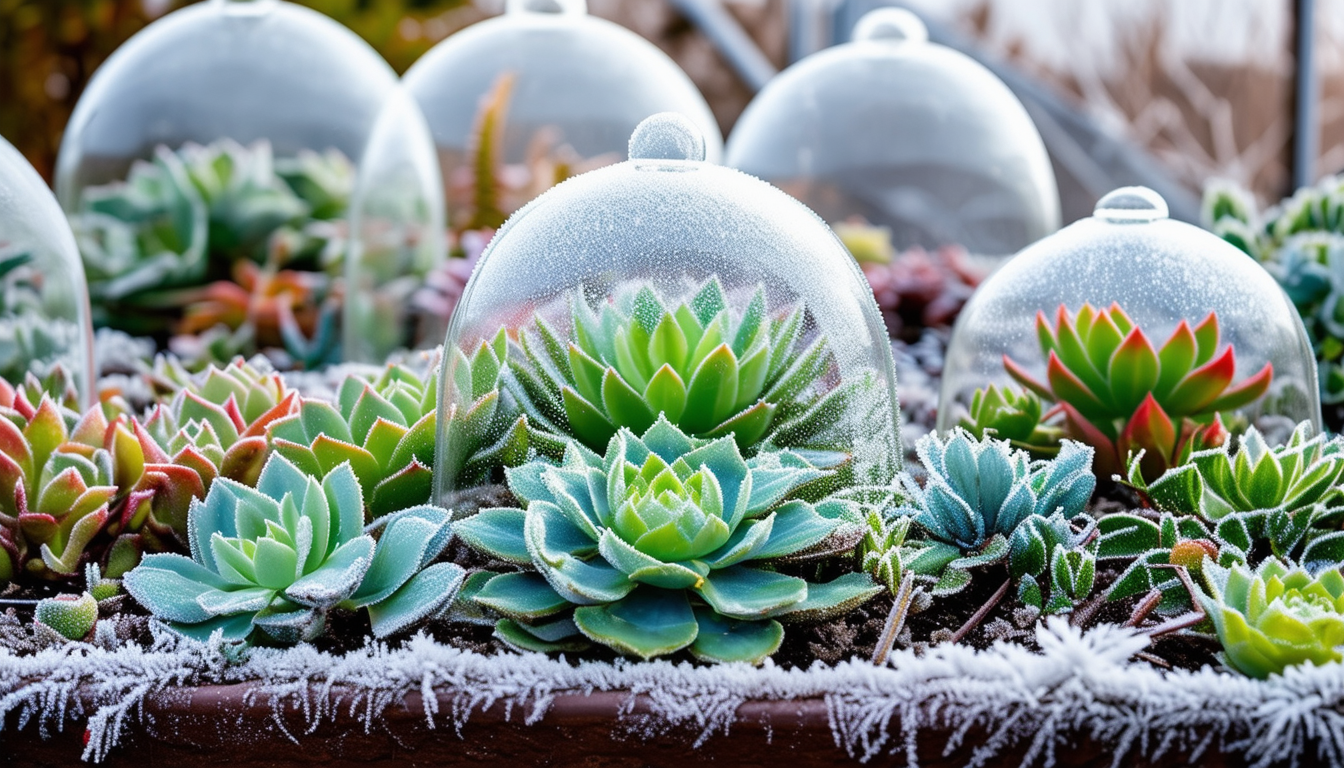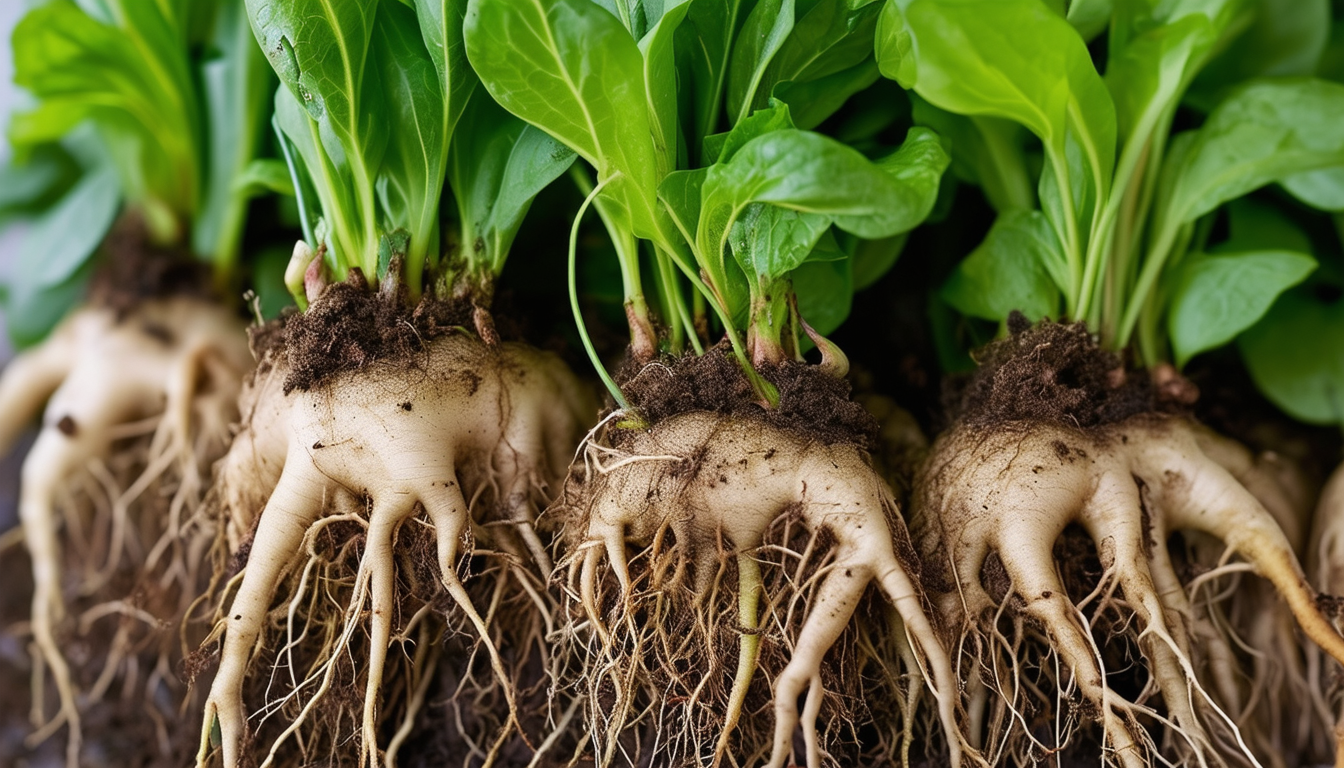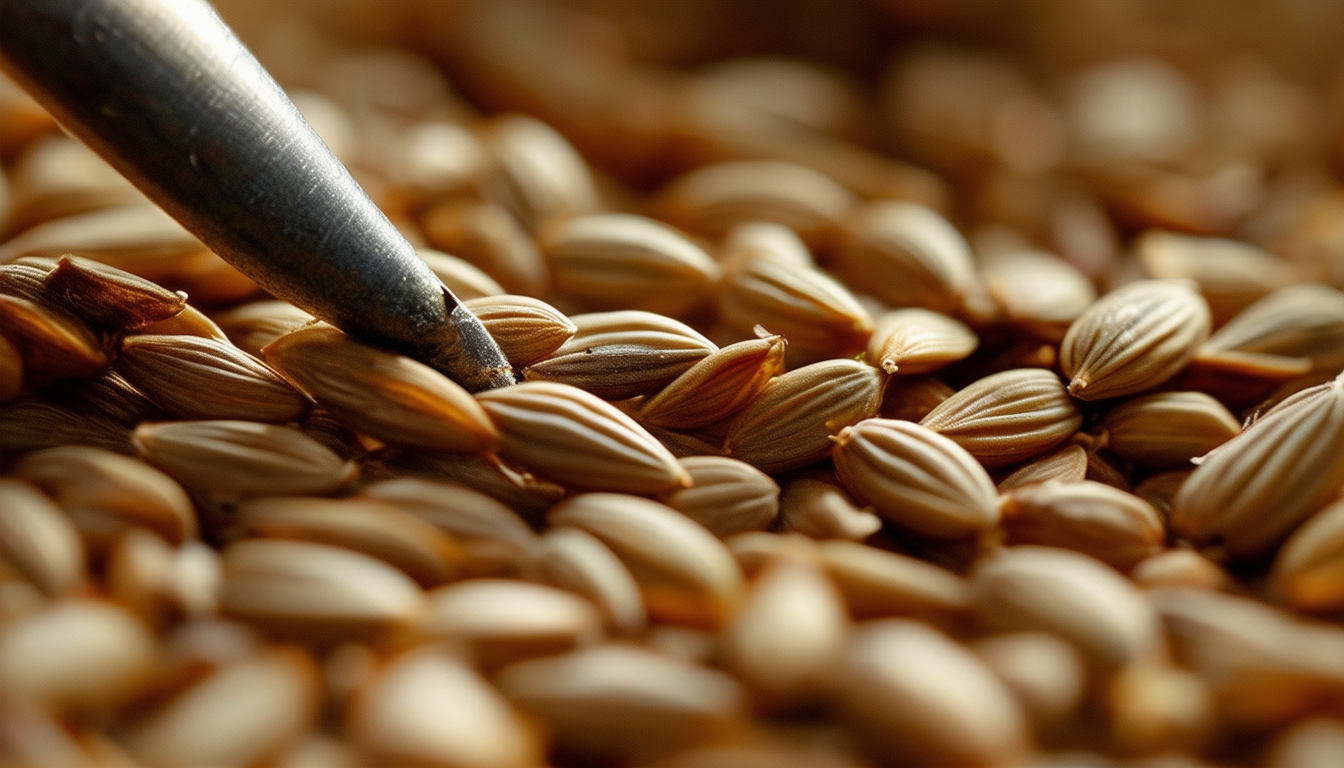
Elevate the health and beauty of your indoor plants with the right fertiliser techniques.
Intro - Understanding the Basics of Indoor Plant Fertilisation
Indoor plant fertilisation is essential to ensure that your houseplants receive the nutrients they need to thrive. Unlike outdoor plants, indoor plants are confined to pots and therefore rely on regular fertilisation to replenish nutrients in the soil. Understanding the basics of plant nutrition can help you provide the right balance of nutrients to keep your indoor garden healthy and vibrant.
Plants require essential nutrients such as nitrogen, phosphorus, and potassium, along with trace elements like magnesium and iron. Each of these nutrients plays a critical role in plant growth, from leaf development to root strength. Learning about these nutrients and how they affect plant health is the first step towards effective fertilisation.
Types of Fertilisers: Which One is Right for Your Plants?
Choosing the right fertiliser for your indoor plants can be overwhelming, but it doesn't have to be. There are several types of fertilisers available, each with its own benefits. The main types include liquid fertilisers, granular fertilisers, and slow-release fertilisers.
Liquid fertilisers are popular for indoor plants because they are easy to apply and provide quick results. Granular fertilisers are mixed with the soil and release nutrients over time, making them a good option for long-term feeding. Slow-release fertilisers are encapsulated in a coating that breaks down slowly, providing a steady supply of nutrients over several months. Understanding the needs of your specific plants will help you choose the right type of fertiliser.
5 Step Guide to Properly Apply Fertiliser to Indoor Plants
Applying fertiliser correctly is crucial to avoid over-fertilisation, which can harm your plants. Here is a simple 5-step guide to help you:
1. Read the label: Always follow the instructions on the fertiliser package for the correct dosage and application frequency.
2. Water your plants: Ensure the soil is moist before applying liquid fertiliser to prevent root burn.
3. Measure carefully: Use a measuring spoon or cup to apply the correct amount of fertiliser.
4. Apply evenly: Distribute the fertiliser evenly across the soil surface or mix it with water for liquid fertilisers.
5. Monitor your plants: Keep an eye on your plants' growth and health, adjusting the fertilisation schedule as needed.
Common Mistakes to Avoid When Fertilising Indoor Plants
Fertilising indoor plants can be tricky, and mistakes are common. Here are some pitfalls to avoid:
Over-fertilising: More fertiliser isn't always better. Over-fertilisation can lead to nutrient burn and damage your plants.
Ignoring the plant's needs: Different plants have different nutritional requirements. Research your plants' specific needs to provide the right nutrients.
Applying fertiliser to dry soil: Always water your plants before fertilising to prevent root burn.
Not following the instructions: Fertiliser labels provide essential information on dosage and frequency. Always follow these guidelines.
DIY Fertiliser Options: Natural Solutions for Your Indoor Garden
If you prefer natural solutions, there are several DIY fertiliser options you can try. These are cost-effective and environmentally friendly:
Compost tea: Soak compost in water for 24-48 hours to create a nutrient-rich tea that can be used to water your plants.
Banana peels: Rich in potassium, banana peels can be chopped and buried in the soil or blended with water to create a banana peel tea.
Eggshells: Crushed eggshells add calcium to the soil. Simply grind them into a fine powder and mix with the soil.
Coffee grounds: Used coffee grounds are a good source of nitrogen. Sprinkle them on the soil surface or mix with compost.
10 Frequently Asked Questions on Fertilising Indoor Houseplants in Spring
1. How often should I fertilise my indoor plants in spring? Generally, every 2-4 weeks during the growing season.
2. Can I use outdoor plant fertiliser for indoor plants? Yes, but be sure to use the correct dosage and follow label instructions.
3. What are the signs of over-fertilisation? Yellowing leaves, brown leaf tips, and stunted growth.
4. Is it necessary to fertilise all indoor plants? Most benefit from it, but some low-maintenance plants may not need frequent fertilisation.
5. Can I mix different types of fertilisers? It's best to stick to one type to avoid nutrient imbalances.
6. What time of day should I fertilise my plants? Early morning or late afternoon to avoid the heat of the day.
7. Should I fertilise newly repotted plants? Wait a few weeks to allow the plants to settle in their new soil.
8. Can I use kitchen scraps as fertiliser? Yes, composting kitchen scraps is an excellent way to create natural fertiliser.
9. How do I know if my plant needs fertiliser? Slow growth, pale leaves, and poor flowering can be signs.
10. Are there any plants that shouldn't be fertilised in spring? Some dormant plants may not need fertilisation until they start actively growing.



